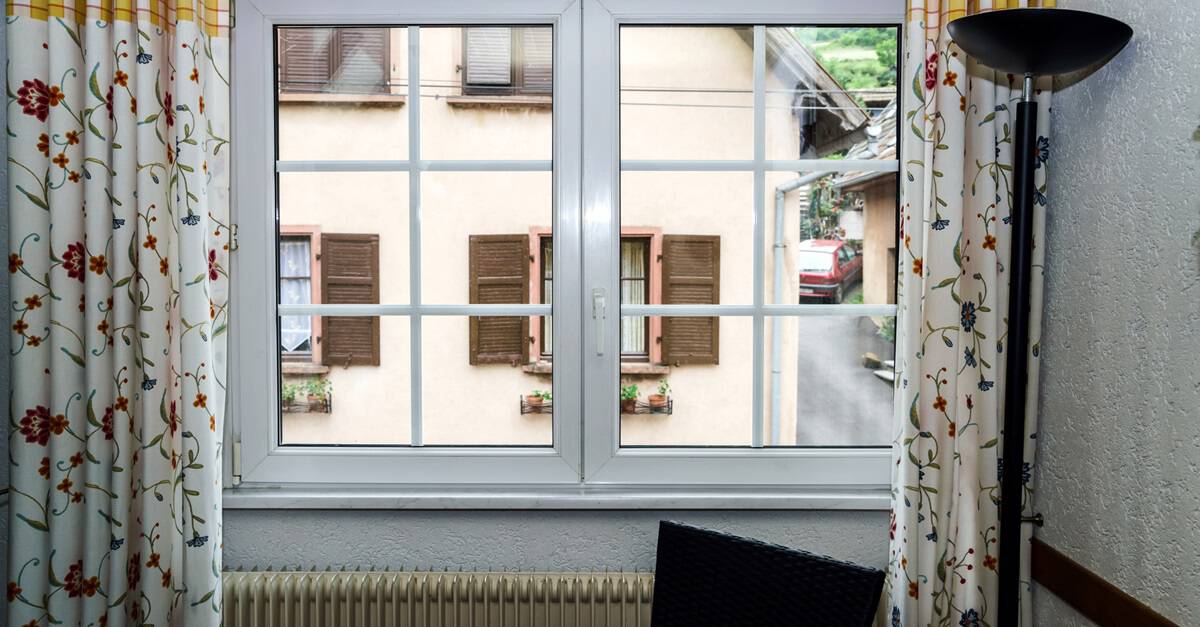There’s a name for those awful black lines occurring in carpets around baseboards, floor vents, and sometimes even under doors and draperies. It’s called filter soiling.
How does it form?
Really, it’s a combination of several things, such as pollution from outside your home (especially auto exhaust emissions), pollen and dust, and oils and greases generated by a good cook. All of these are culprits picked up by air current in your home, and they float around until filtered out by some fabric.
Draperies get lots of them, and if there is an opportunity for air to circulate under walls, doors, draperies, or vent outlet covers, then they’ll be filtered out onto the fabric close at hand – carpet being the most readily available.
The result? Filter soiling.
Remedies?
Now, what do you do about it?
Stopping the flow of air through the carpet’s nap is the first order of business. Caulking under the walls to seal off airflow is an excellent idea, along with forcing a double thickness of carpet between the tackstrap and baseboard (double-tucking). You might also want to schedule regular AC/heating filter cleaning to facilitate airflow through the filter – not the carpet.
How do you correct filter soiling once it forms? Realistically, there’s little you can do by way of home remedies; however, a professional cleaner has aggressive cleaning agents available with which to treat filter soiling., They usually work well when treatment is meticulous – usually.
One final point: Filter soil is slightly acidic by nature and can fade carpet dyes in time, creating a new problem known as fume fading. Unfortunately, this condition doesn’t show up until the filter soil has been removed; but remember, the filter soil causes the problem, not the cleaner who is trying to remove it.
Fortunately, we’re talking possibility, not probability.

